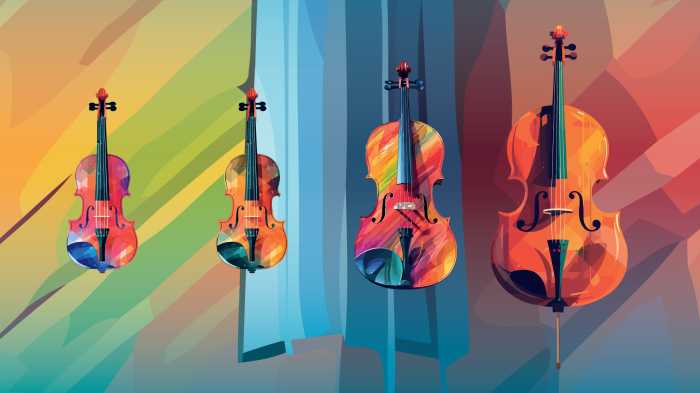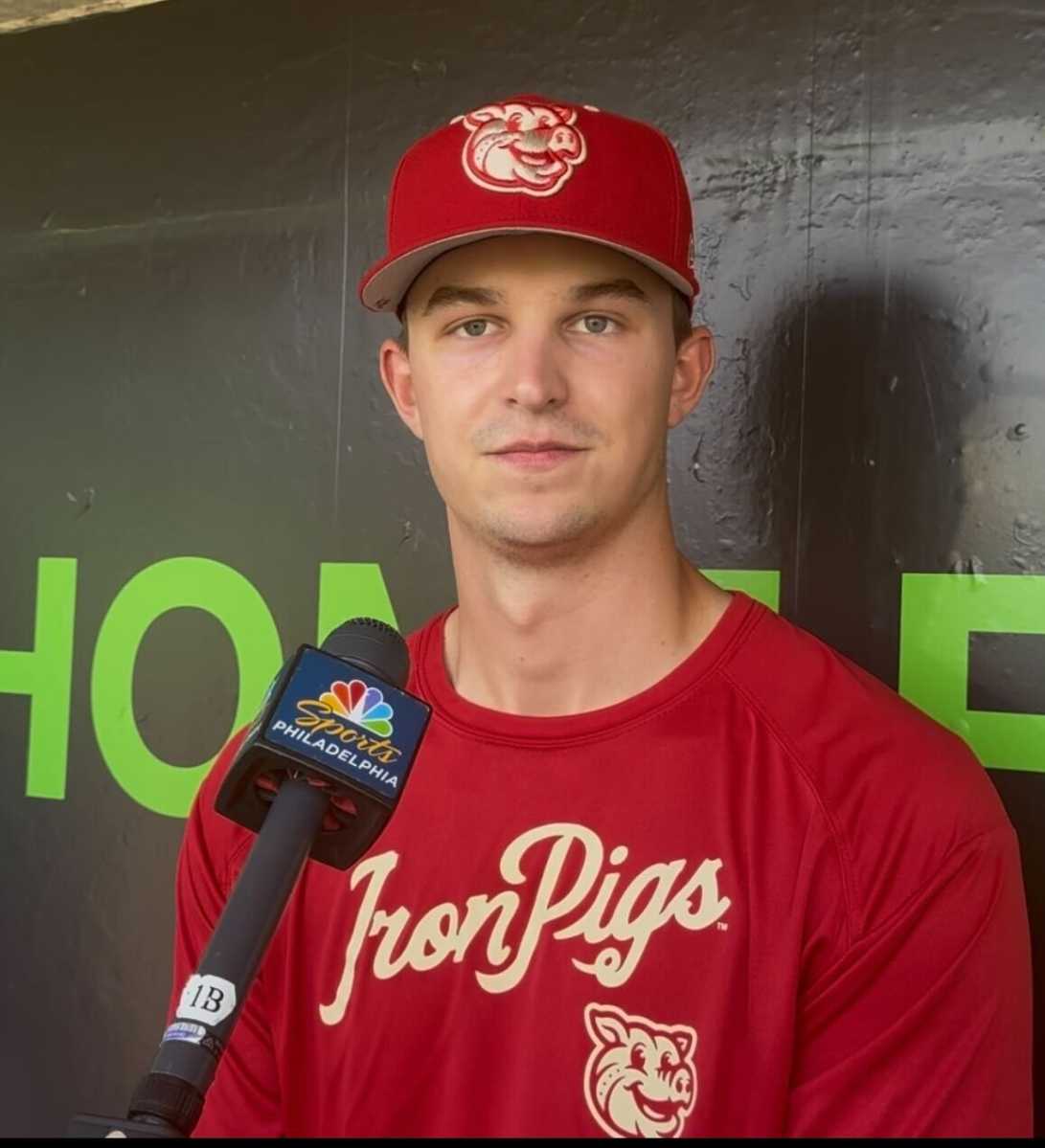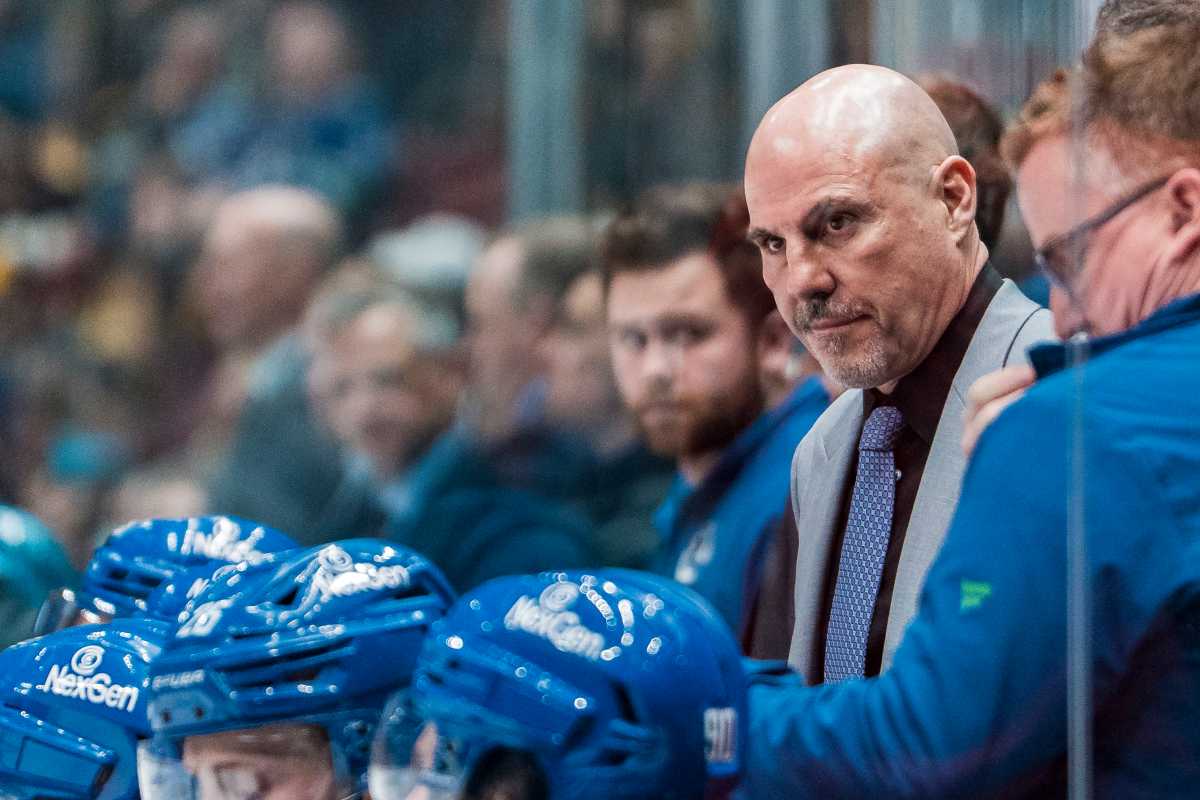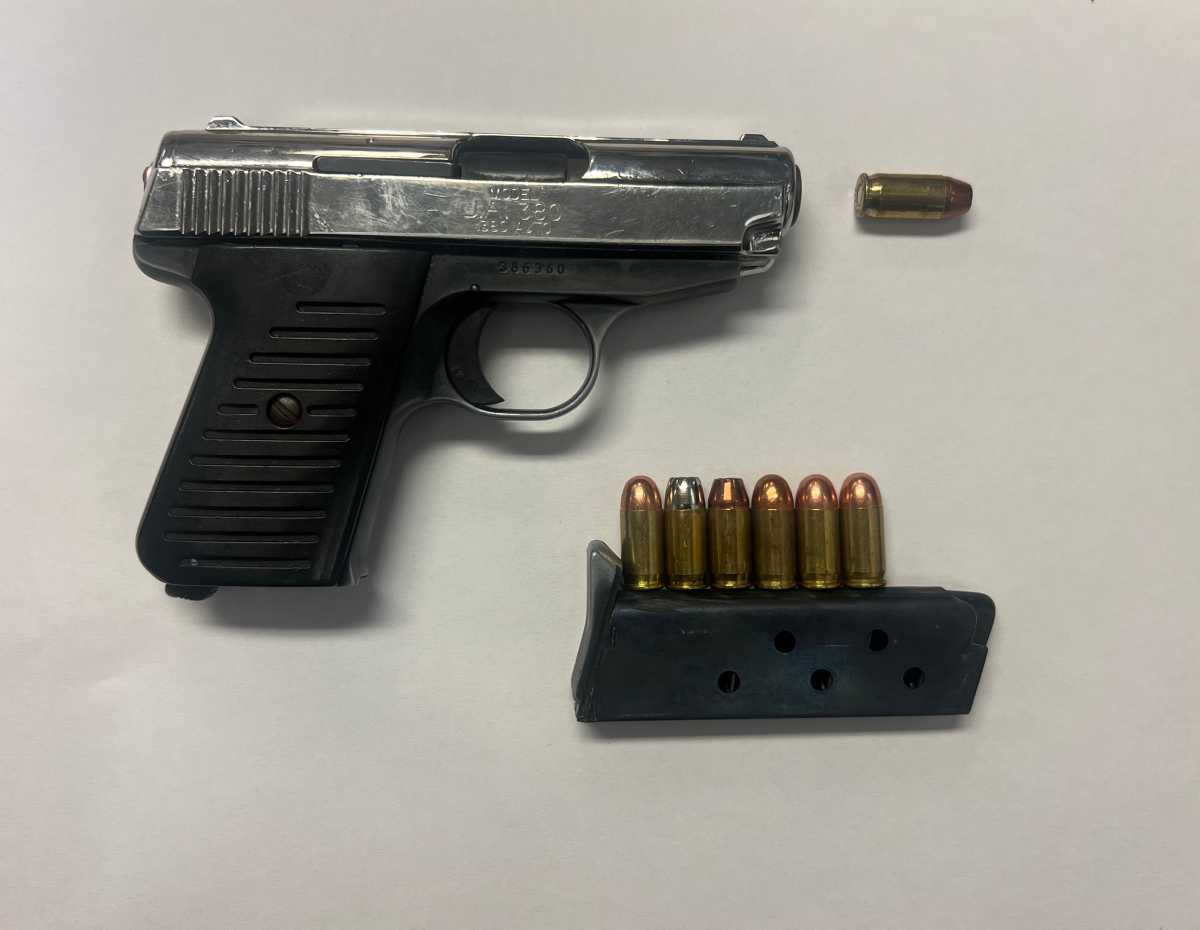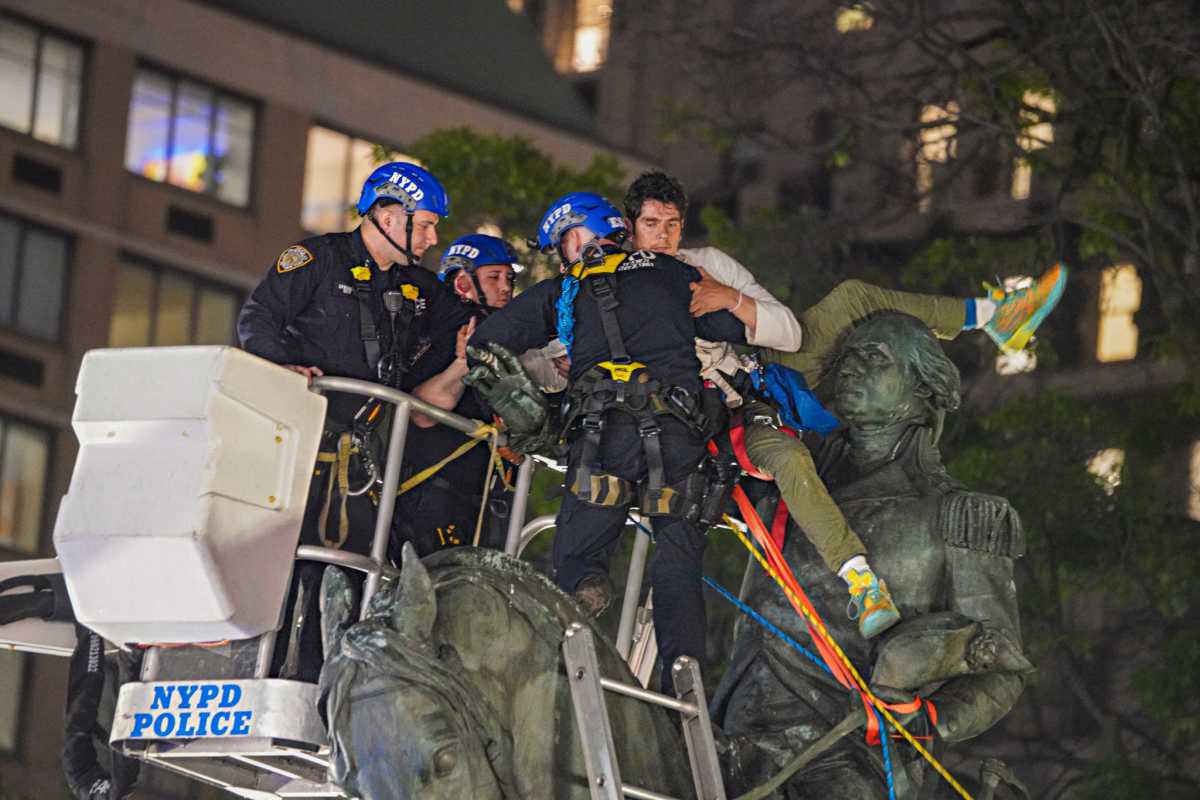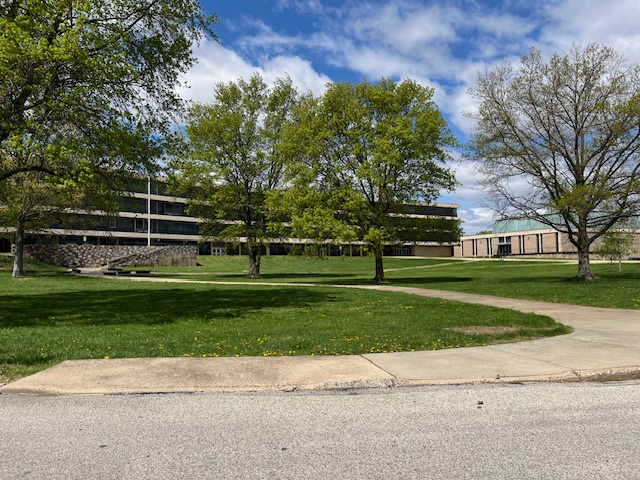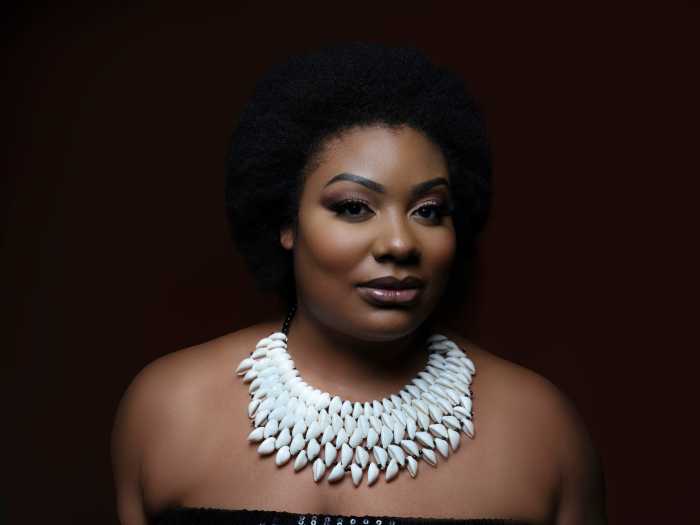Within Advanced Functional Fabrics of America’s new Cambridge headquarters, AFFOA-emblazoned hats line tables in the product room. But these aren’t just any hats.
AFFOA is a high-tech fabric innovation center, working to change what our fabrics can do for us. The goal is to create “fabrics that see, hear, sense, communicate, store and convert energy, regulate temperature, monitor health and change color,” CEO Yoel Fink said.
These hats are one of two new fabric technology prototypes AFFOA unveiled at its headquarters’ opening ceremony on Monday.
The first obvious thing that makes these hats unique is that they have earphones attached to them. Not attached to an audio device within the hat or to a phone, but attached right to the fabric.
That’s because these hats actually communicate audio to the wearer through the fabric.
It’s a “world first,” Fink said, not just because of the audio output, but because of how the hat gets that information.
“It’s the world’s first fabric-based communication system that allows you to receive audio from the lights above you,” he said.
That’s right, the LED lights in the ceiling transmit the audio through a technology dubbed “Fabric LiFi.” The fibers of the hat are made of a new, technological material that can receive information from LED lights, turn it into audio and transmit it to the wearer.
In AFFOA’s product room, there are 12 white dots under the floor, each under LED lights. As you put on the hat and affix the earbuds, and move to stand under a light, the magic starts: Music fills your ears.
Then, a voice cuts in: “Please keep your cap on and move to the next series of lights.”
Under different lights, different audio plays. If you move away from the lights, the sound fades, and if you put your hand on the top of the hat — essentially blocking the light — the sound stops.
“Sound is not directional, but the fact that you can send sounds in particular directions [like you can send light] is fascinating,” Fink said. He sees this tech going into both commercial and military defense uses.
In the commercial world, Fink sees multiple places for this technology. First: indoor navigation.
“There’s no GPS system that works inside, so getting around and knowing where you are, and being directed inside,” he said. LED lights in a building can guide the hat wearer to a certain shelf in a store, a seat in a stadium or through a hospital.
Second is what Fink calls “perspective-based content,” where, as you turn an object or walk around an area under different lights, you hear different audio explaining that object. He sees this fitting into museum exhibits, so you can always hear audio relevant to where you’re standing among the art.
Third is collision avoidance, in which a vehicle’s headlights could activate the audio to alert pedestrians and cyclists.
The other prototype AFFOA unveiled is a backpack produced by JanSport (an AFFOA member) and made of a “breakthrough” fabric that is programmable and scannable. Basically, users link their backpack to AFFOA’s smartphone app called “Looks” and program what information they want it to show: their name, company, a song or even a website.
Someone who also has the Looks app scans the backpack and is greeted with that information on their smartphone screen.
“It’s about self-expression,” Fink said. “What would you like to say about yourself, beyond what someone can see?”
At the opening of AFFOA’s headquarters, the backpacks were used as digital business cards. Fink stood and scanned backpacks, seeing instantly that someone standing across the room was, say, from the University of Texas, one of AFFOA’s partnering universities.
Fink also sees this technology working as an extension of social media, as well as an advertising and marketing option.
The hat and the backpack “tell the story of fabrics as a service,” Fink said, and are just the beginning of how AFFOA will change our clothes and accessories as we know them.








